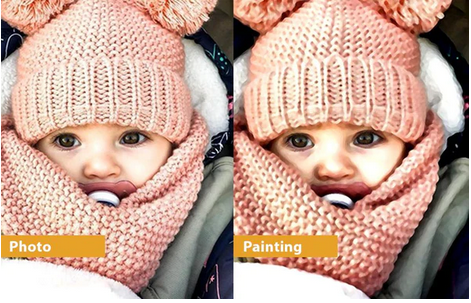Dog portraits painting is a time-recognized tradition which has been useful for pet portrait artists generations to record the sweetness and feeling of the beloved wildlife. Whether or not it’s a dog, kitty, horse, or some other being, family pet portrait designers draw out the inner substance with their issue via coloration, type, and composition. It is a form of art form that requires both bodily expertise and emotional understanding to generate some thing truly distinctive. Let us discover what is put into building a animal portrait piece of art come to life!
The Process
Animal portrait piece of art may be broken down into two main elements: sketching and artwork. The artist commences by drawing your pet in order to get a concept of how they wish to capture its individuality. This should actually be carried out with proper care as it determines the overall look in the bit. Once these people have a great idea of the these are opting for, the performer will likely get started applying color to fabric. This can be accomplished with either oils or acrylic paints based on the painter’s personal preference.
Combining Colors
Shade selection is an important component of any animal portrait painting process as it aids set up the atmosphere for that bit in addition to bring out certain attributes inside the pet getting represented. By way of example, comfortable colors like reds and grapefruits enables you to depict power while chillier shades including blues and green veggies can produce a sense of tranquility or rest. In addition to deciding on colours depending on frame of mind, painters should also think about how their selected colors will work jointly when mixed to make lifelike textures for hair or skin versions in just a solitary part.
Capturing Inner thoughts
The most important part of any animal portrait artwork is catching emotion within the dog getting depicted. This is often challenging since pets never always show themselves in ways we recognize—they may not laugh or frown responding like humans do—so painters must depend upon understated cues for example body vocabulary or skin expressions to be able to accurately depict an emotion inside their job. Moreover, some musicians want to add small details including blossoms or some other things near their issue which will help further stress their preferred emotion without detracting from your major focus—the dog alone!
